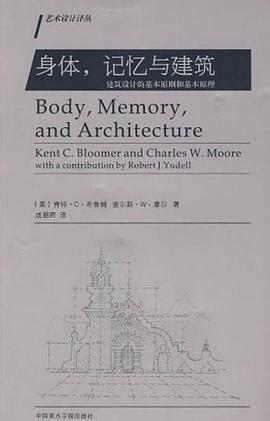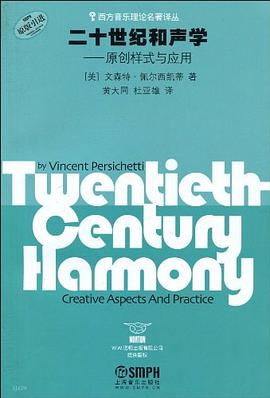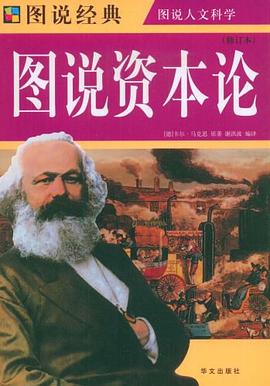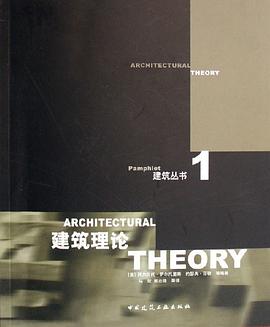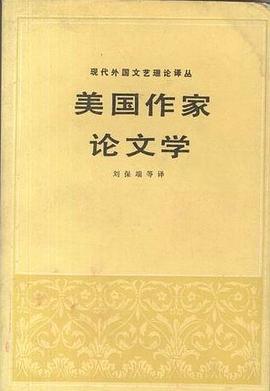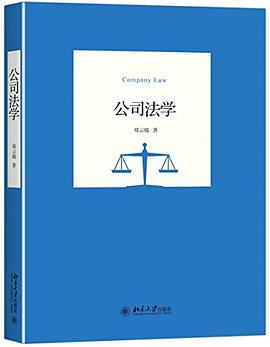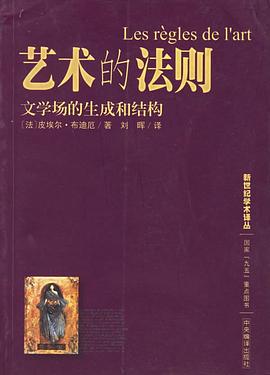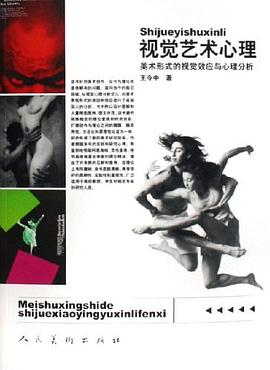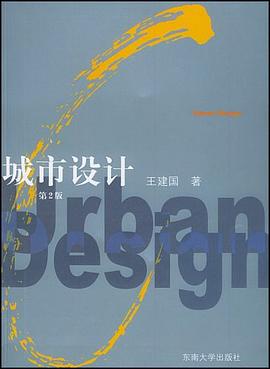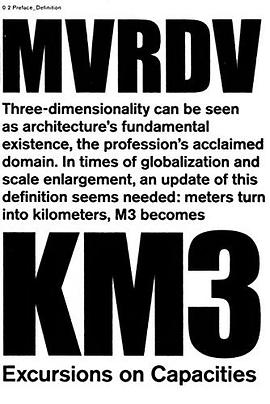

具体描述
From a converted printing house in Rotterdam and the experimental minds therein that brought you the Pig City project (an analysis of the pork industry's manufacturing conditions) comes KM3, another contribution from the iconoclastic idea lab and architecture firm MVRDV. The office, which for more than a decade has been studying density as it relates to contemporary life and architecture, bases its theories for the uses of space on complexly crunched data. Classic projects include the gravity-defying WoZoCo home for the eldery in Amsterdam, the headquarters for public broadcasting company VPRO in Hilversum, the Dutch pavilion for World Expo 2000 in Hanover, and the Housing Silo in Amsterdam. The firm's buildings overthrow the primacy of an architectural "footprint" for more innovative and varied spatial paradigms. A follow-up to the publication of FARMAX, which sought to question and analyze the growing suburban "greyness" of the Netherlands and to propose new ways of thinking about the homogenization of landscape, KM3 extends that idea to a three-dimensional model, one that "generates space instead of consuming it" and encourages variety in form. The book explores three different strategies each in Rotterdam and Amsterdam on their spatial and technical capacity for creating a "3D city," one of cantilevers and underground connections, airiness and, most of all, diverse spaces. This is thinking at the forefront of a new urbanism.
作者简介
From a converted printing house in Rotterdam and the experimental minds therein that brought you the Pig City project (an analysis of the pork industry's manufacturing conditions) comes KM3, another contribution from the iconoclastic idea lab and architecture firm MVRDV. The office, which for more than a decade has been studying density as it relates to contemporary life and architecture, bases its theories for the uses of space on complexly crunched data. Classic projects include the gravity-defying WoZoCo home for the eldery in Amsterdam, the headquarters for public broadcasting company VPRO in Hilversum, the Dutch pavilion for World Expo 2000 in Hanover, and the Housing Silo in Amsterdam. The firm's buildings overthrow the primacy of an architectural "footprint" for more innovative and varied spatial paradigms. A follow-up to the publication of FARMAX, which sought to question and analyze the growing suburban "greyness" of the Netherlands and to propose new ways of thinking about the homogenization of landscape, KM3 extends that idea to a three-dimensional model, one that "generates space instead of consuming it" and encourages variety in form. The book explores three different strategies each in Rotterdam and Amsterdam on their spatial and technical capacity for creating a "3D city," one of cantilevers and underground connections, airiness and, most of all, diverse spaces. This is thinking at the forefront of a new urbanism. Hardcover, 6 x 8.25 in./1200 pgs / Illustrated throughout.
目录信息
读后感
跟着老库走,有肉吃。 从体积上看出了师徒的差距。。。 还可以做的更大更厚。。。哈哈哈
评分跟着老库走,有肉吃。 从体积上看出了师徒的差距。。。 还可以做的更大更厚。。。哈哈哈
评分跟着老库走,有肉吃。 从体积上看出了师徒的差距。。。 还可以做的更大更厚。。。哈哈哈
评分跟着老库走,有肉吃。 从体积上看出了师徒的差距。。。 还可以做的更大更厚。。。哈哈哈
评分跟着老库走,有肉吃。 从体积上看出了师徒的差距。。。 还可以做的更大更厚。。。哈哈哈
用户评价
为什么非要把可以制成坐垫的内容排版成砖?是因为砖想成为书吗?
评分可以参照其中的diagram,还是不错的
评分装潢之作。
评分- - 眼睛瞎了
评分- - 眼睛瞎了
相关图书
本站所有内容均为互联网搜索引擎提供的公开搜索信息,本站不存储任何数据与内容,任何内容与数据均与本站无关,如有需要请联系相关搜索引擎包括但不限于百度,google,bing,sogou 等
© 2025 book.quotespace.org All Rights Reserved. 小美书屋 版权所有



